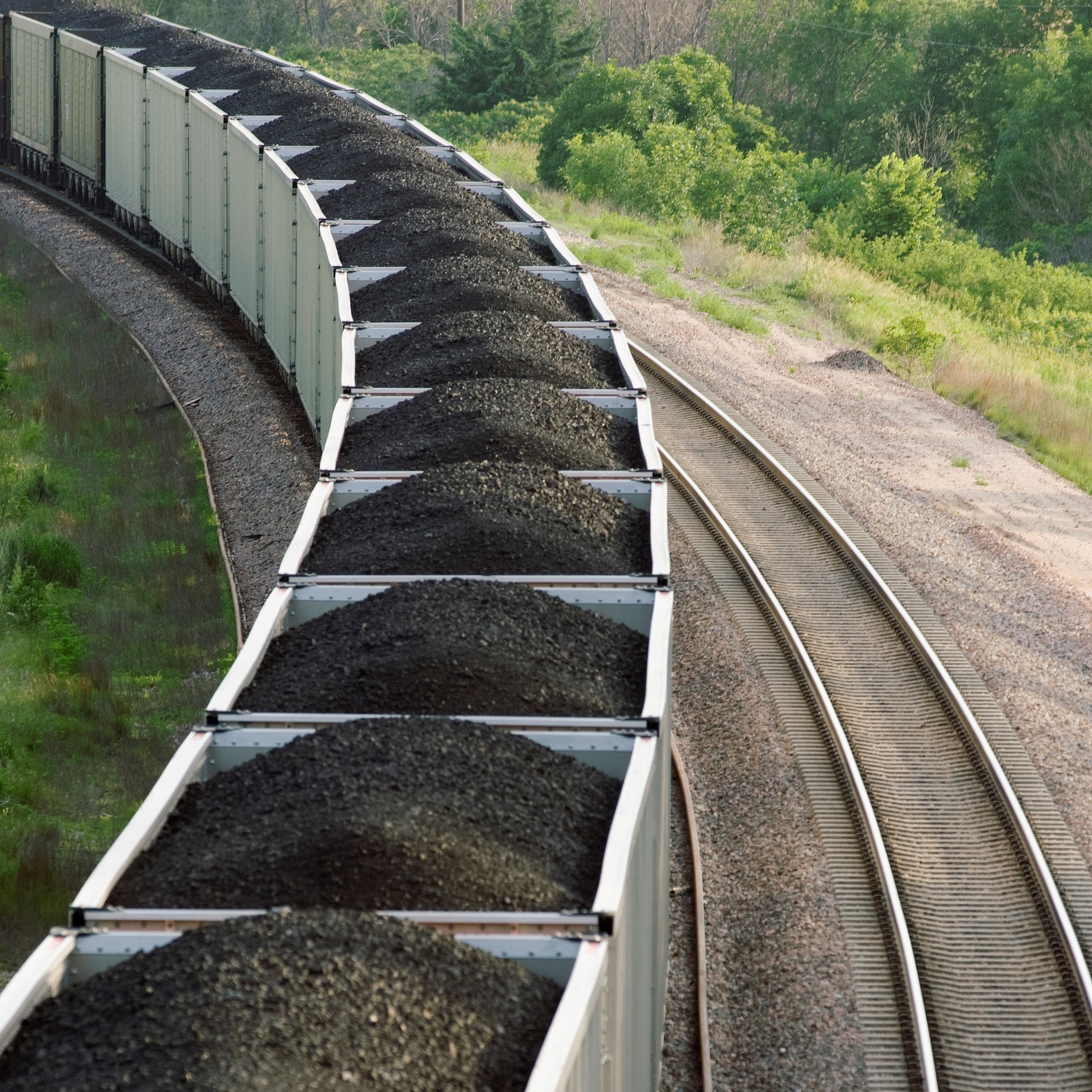Commodities & Metals
Coal Mines a Promising Source of Rare Earth Elements

Published:
Last Updated:

There are 13 elements on the periodic table that are labelled as rare earths and two others that are usually included in the grouping. These elements are not particularly scarce; their rarity comes from the very low concentrations in which they are usually found.
Last week the U.S. Department of Energy (DoE) National Energy Technology Laboratory (NETL) announced that it had found high concentrations (greater than 300 parts per million] of the rare earths in coal samples taken from the Illinois, Northern Appalachian, Central Appalachian and Rocky Mountain coal basins, as well as the anthracite region of Pennsylvania.
The DoE is participating in research projects to design, develop and test technology to recover rare earths from coal-related materials in a many of these coal basins.
Some projects were begun in October, included one using acid mine drainage as a feedstock from which to extract rare earth elements. A second, bench-scale project is being designed to recover rare earths from lignitic material. Other projects are also underway.
U.S. Energy Secretary Rick Perry said:
Rare Earth Elements are vital to the development and manufacturing of high-tech devices such as computers, cell phones, and our national defense systems. The current difficulties and high expenses associated with REE extraction has [sic] left the U.S. dependent on foreign REE imports. Supporting innovative research and development to establish efficient, cost-effective REE extraction methods is critical to our country’s energy and national security.
If this sounds like deja vu all over again, well, it might be. In June of 2010, a U.S. company mining rare earth elements came public on the New York Stock Exchange at $14 a share. Molycorp stock reached $70 a share in 2012 and the company filed for bankruptcy is 2014. The remains of Molycorp were acquired by Oaktree Capital and reformed as Neo Performance Materials in 2015.
More than 95% of the world’s supply of rare earths comes from China and while there was for a short time a scare related both to availability and pricing of the minerals, those fears soon dissipated and rare earth prices have not soared nor has availability been affected. Companies that once used expensive rare earths have also developed alternate materials to substitute for some of the rare-earths based components.
Will an ability to extract rare earths from coal and various coal products, byproducts and waste really reduce U.S. dependence on foreign supplies of rare earths and strengthen U.S. energy and national security? Or is this a (thin) lifeline to the U.S. coal industry and another argument that the Trump administration can use as an example of its efforts to invigorate the industry?
The NETL press release includes a diagram of where in the coal extraction-production-utilization lifecycle rare earths can be recovered.
Start by taking a quick retirement quiz from SmartAsset that will match you with up to 3 financial advisors that serve your area and beyond in 5 minutes, or less.
Each advisor has been vetted by SmartAsset and is held to a fiduciary standard to act in your best interests.
Here’s how it works:
1. Answer SmartAsset advisor match quiz
2. Review your pre-screened matches at your leisure. Check out the advisors’ profiles.
3. Speak with advisors at no cost to you. Have an introductory call on the phone or introduction in person and choose whom to work with in the future
Thank you for reading! Have some feedback for us?
Contact the 24/7 Wall St. editorial team.